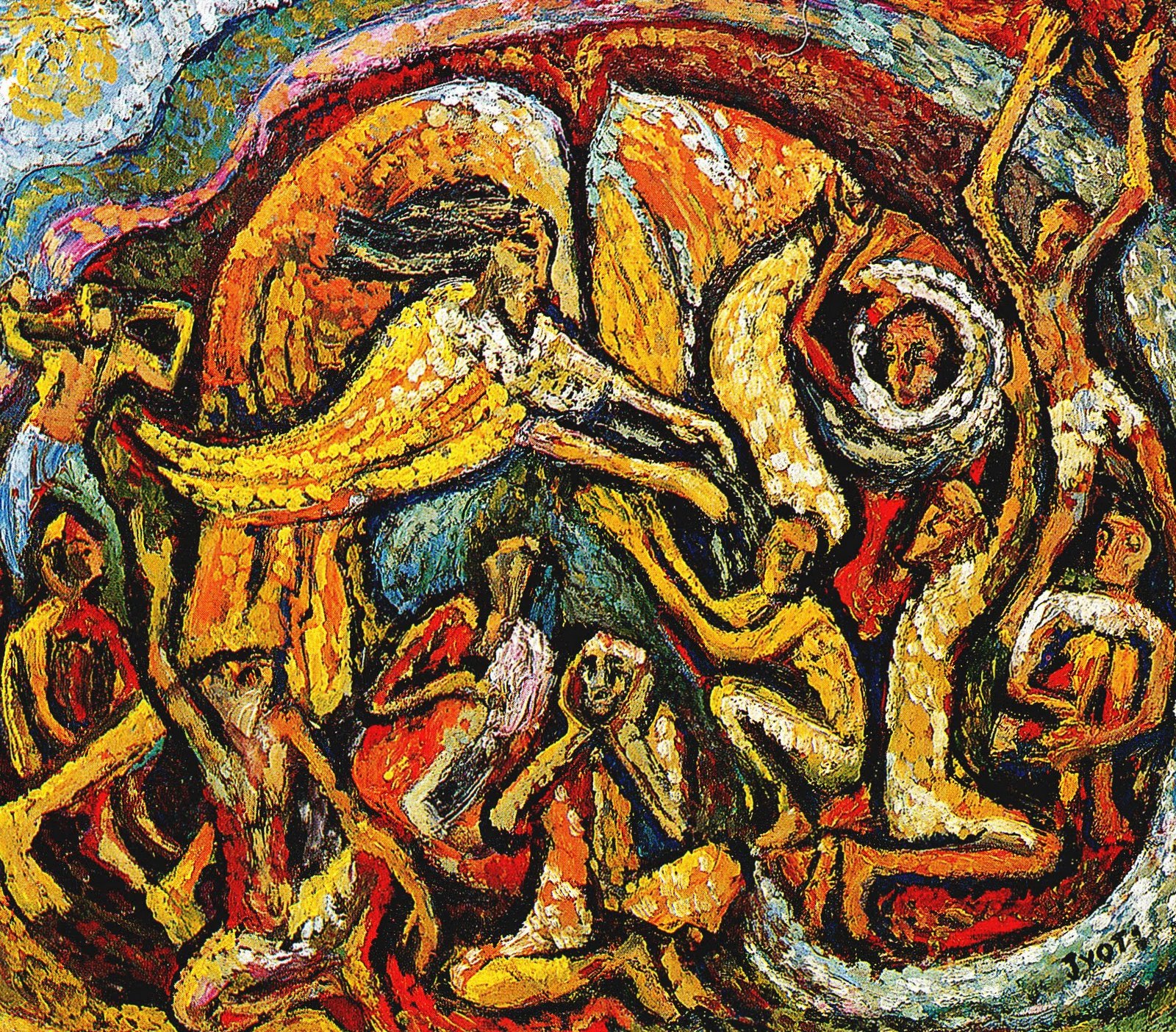Reflections on meeting disciples involved in post-resurrection appearances & seeing anew: Mary Magdalene (Apostle to the Apostles)
Lately it seems there are mysteries everywhere, as if you’ve only just opened your eyes. ― Stewart O’Nan What we do see depends mainly on what we look for. … In the same field the farmer will notice the crop, the geologists the fossils, botanists the flowers, artists the colouring, sportmen the cover for the game. […]


